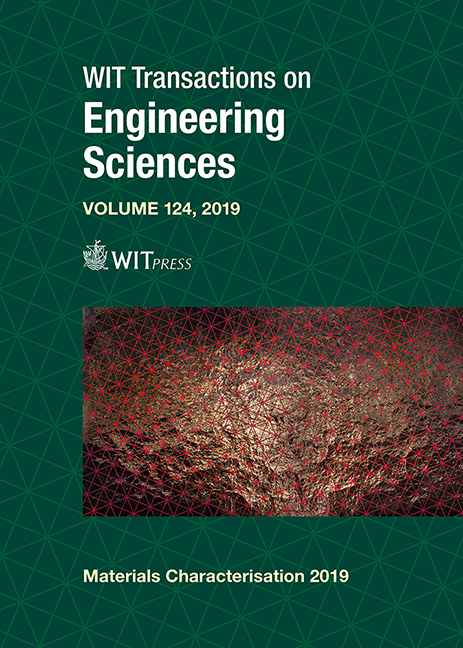NUMERICAL MODELLING AND SIMULATION OF VEHICULAR IMPACTS ON TIRE-MOUNTED CABLE BARRIERS
Price
Free (open access)
Transaction
Volume
124
Pages
12
Page Range
207 - 218
Published
2019
Size
805 kb
Paper DOI
10.2495/MC190201
Copyright
WIT Press
Author(s)
HOWIE FANG, AMEY BADAR
Abstract
This research focused on evaluating retrofit designs for cable barriers using reclaimed tires so as to reduce the chance of vehicle under-riding for small passenger cars. Finite element (FE) analysis was used to conduct simulations of full-scale vehicular crashes into these retrofit cable barriers and the barriers’ performance was evaluated. Four designs of the tire-mounted cable barriers were modelled and evaluated under impacts by a 1996 Dodge Neon, which was in compliance with the 1100C test vehicle specified by the Manual for Assessing Safety Hardware (MASH). Ten different material models were used in the FE models, including the piecewise linear plasticity model for steel components, elastic model for the tires and a few other components, viscous damping model for the shock absorbers, low-density foam model for the radiator core, spot-weld model for sheet metal connections, Blatz-Ko rubber model for rubber cushions, rigid model for most mounting hardware, and null material model defined for contact purposes. The simulations of vehicular crashes were conducted on both a flat terrain and a sloped median. The impact conditions were based on the MASH Test Level 3 (TL-3) requirements, i.e., at an impact speed of 100 km/h (62.1 mph) and a 25° impact angle. The simulation results showed that the tire-mounted cable barrier could improve the safety performance of the current cable barrier system (i.e., without tires) under impacts of small passenger cars.
Keywords
finite element, modelling, simulation, impact, contact, cable barrier, tire mounted





